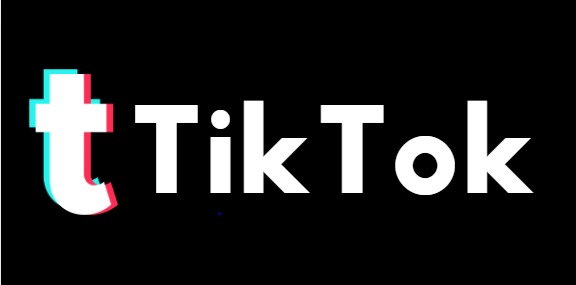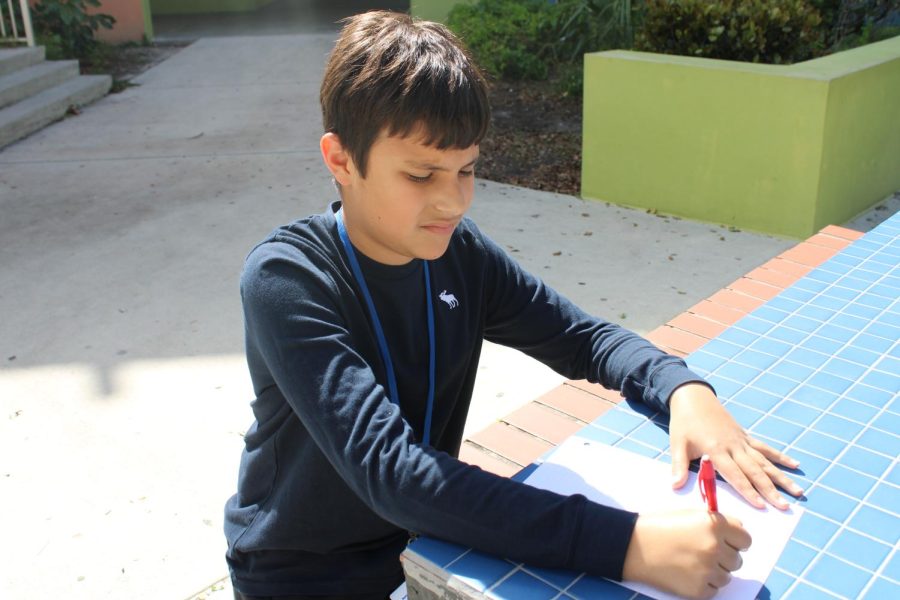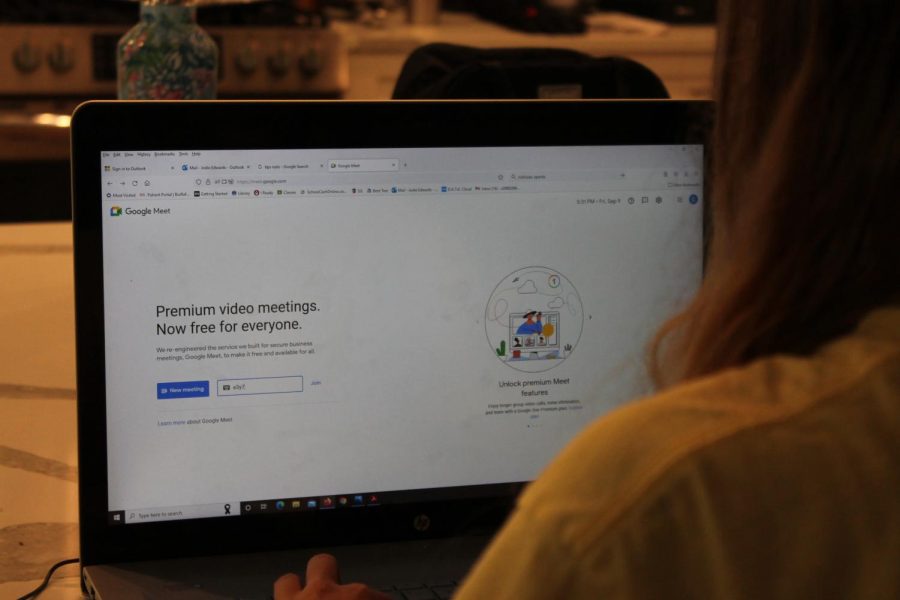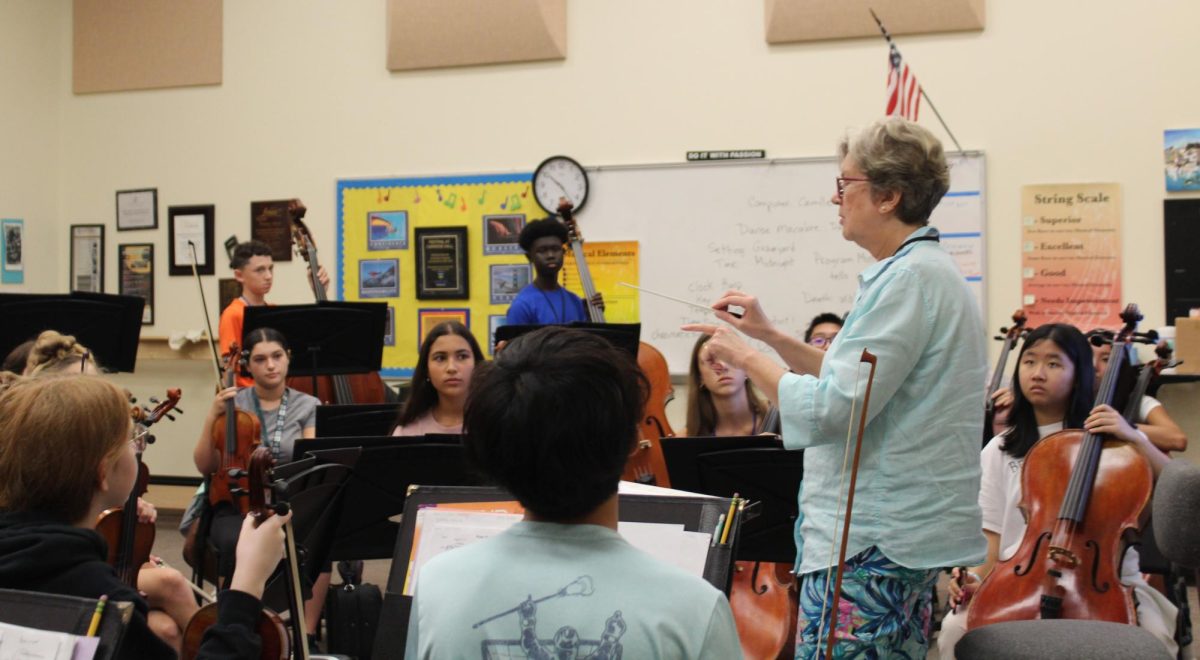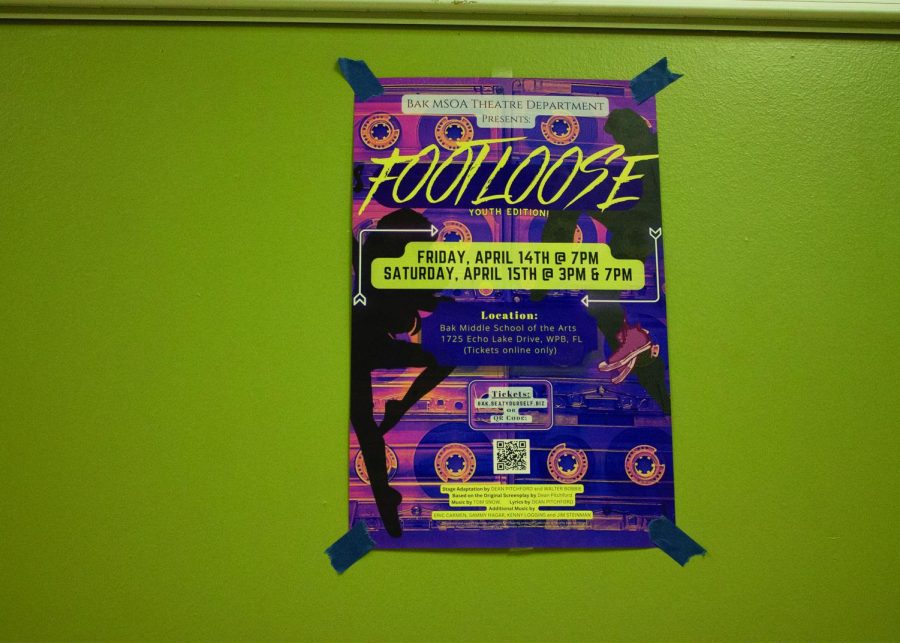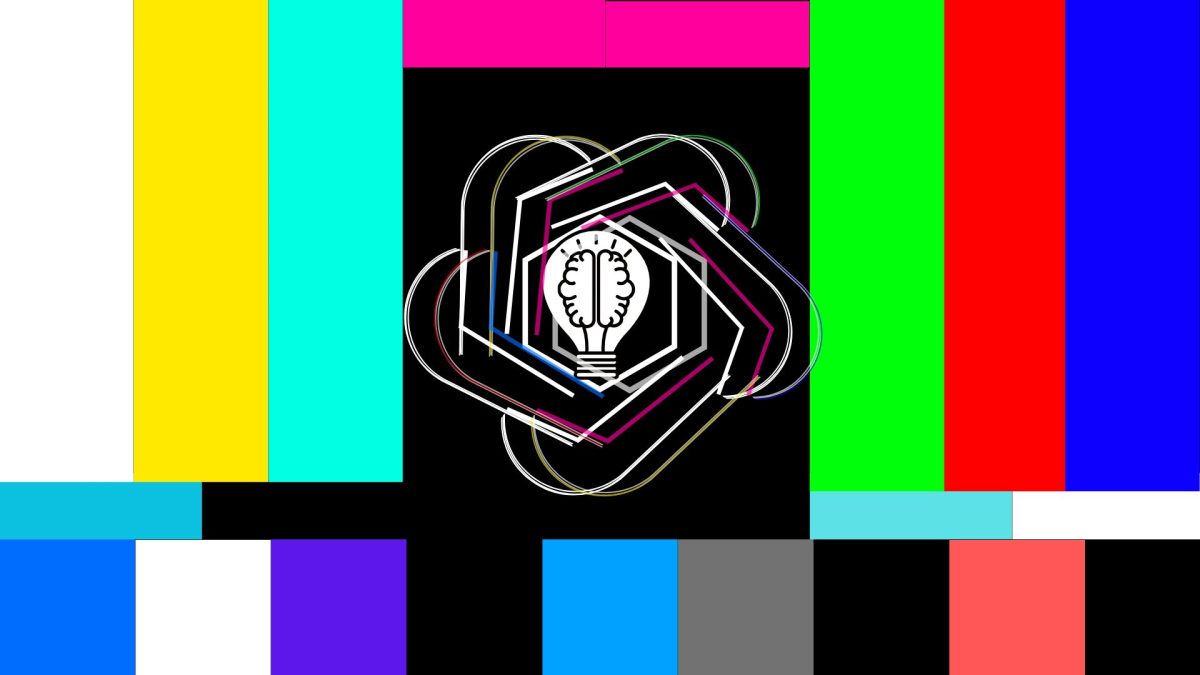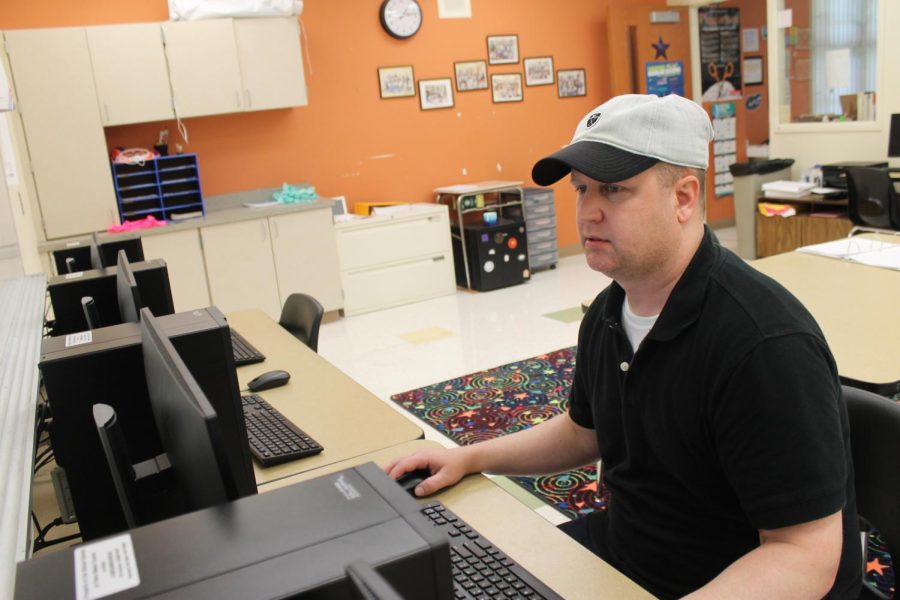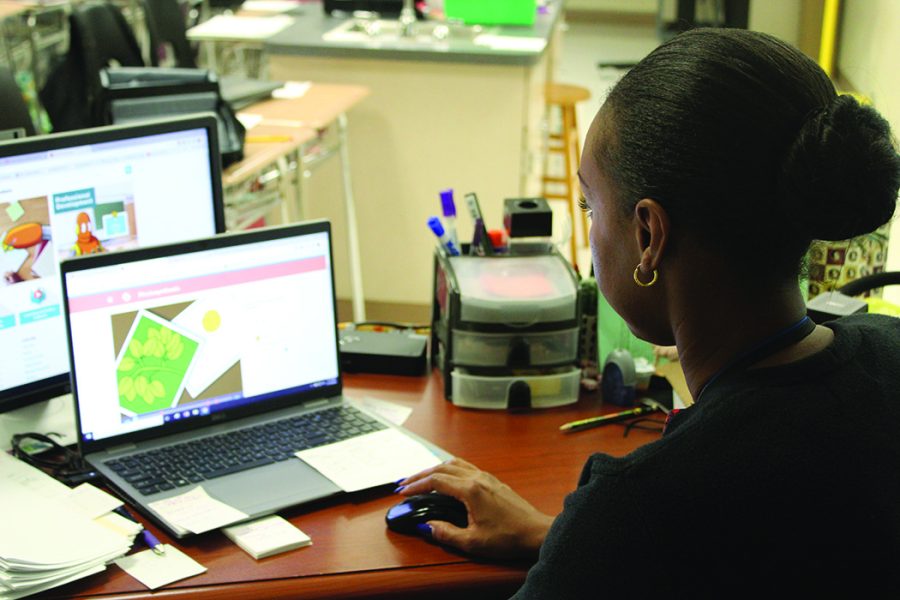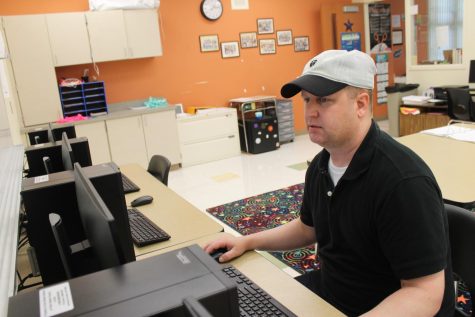Lego’s acquisition could change BrainPOP’s use in classroom
Photo 1 Caption: Brainpop is an educational website geared toward children that hosts well over 1,000 short animated videos paired with quizzes and other resources. Some subjects that Brainpop covers include science, math, social studies, arts, music, and technology. Photo courtesy of Wikimedia Commons
Technology has taken over the world since the turn of the millennium, and as a result, now heavily impacts schools and is embedded into the education system.
From Google Classroom to BrainPOP, students use technology every single day to help them learn. Using Chromebooks and turning assignments in digitally has become the norm in schools everywhere.
“I would say that I definitely have done more school assignments digitally this year than I have on pencil and paper,” Harshad Karthikeyan, sixth grade communications major said.
As technology creates a more effective and efficient way to keep track of assignments, it is also what makes some kids interested in learning in the first place.
“I have a very hard time paying attention when teachers are just up there talking while pointing at a board,” Carolina Ricci, eighth grade communications major said. “When teachers use sites like BrainPOP to teach, I automatically become more engaged in the class.”
On Oct. 11, BrainPOP was purchased by one of the most popular toy companies in the world, Lego. There are mixed opinions about whether or not this change will positively or negatively affect the site and about whether or not BrainPOP will stay as popular as it currently is.
“I don’t think that Lego belongs in the formal education industry because I feel like they will make BrainPOP less informational and more playful,” Karthikeyan said. “Overall, I don’t think that this purchase will be beneficial for BrainPOP.”
Executive chairman of the Lego Brand Group, Jørgen Vigdstorp confirmed Karthikeyan’s concerns when during an interview he said that Lego will be implementing its “playful” mentality into the formal education space of Brainpop. Ricci disagrees with Karthikeyan as she thinks this will improve the BrainPOP site.
“It is clear from Lego’s success in the past that they get how kids think and I think that this playful mentality Vigdstorp was referring to will help BrainPOP be more successful,” Ricci said.
BrainPOP has been one of the most popular websites for teaching students since its launch. One of the main reasons why it is so popular with students is because of its recognizable video format that includes two animated characters: Tim and Moby.
“When the students see Tim and Moby on the board, I have noticed that they actually care about what they are watching and are excited to see what the two characters have to say,” Brittany Gardiner, seventh grade science teacher said.
Sites like BrainPOP are what make school interesting and fun for many students. Both Ricci and Karthikeyan agree that their education being “fun” is a priority to them.
“To put it in simple terms, when learning is boring, I don’t learn and retain information as well,” Ricci said. “Technology is primarily what makes school less boring.”
Clearly, students get excited about sites such as BrainPOP and for many, it is the highlight of the school day when their teacher puts on Tim and Moby. However, there is no doubt that Lego’s purchase of the company will change how the site operates, whether it be for the better or worse.


